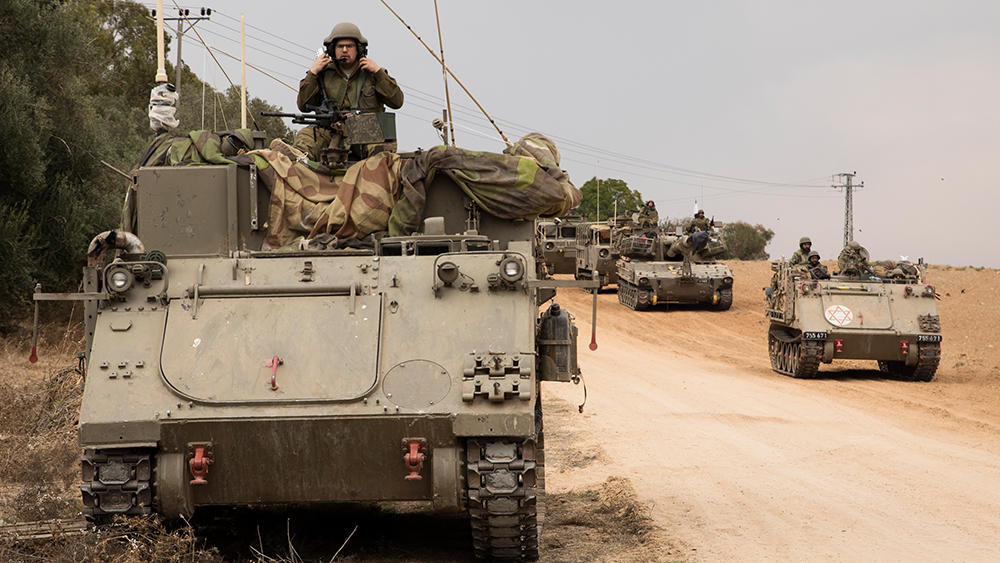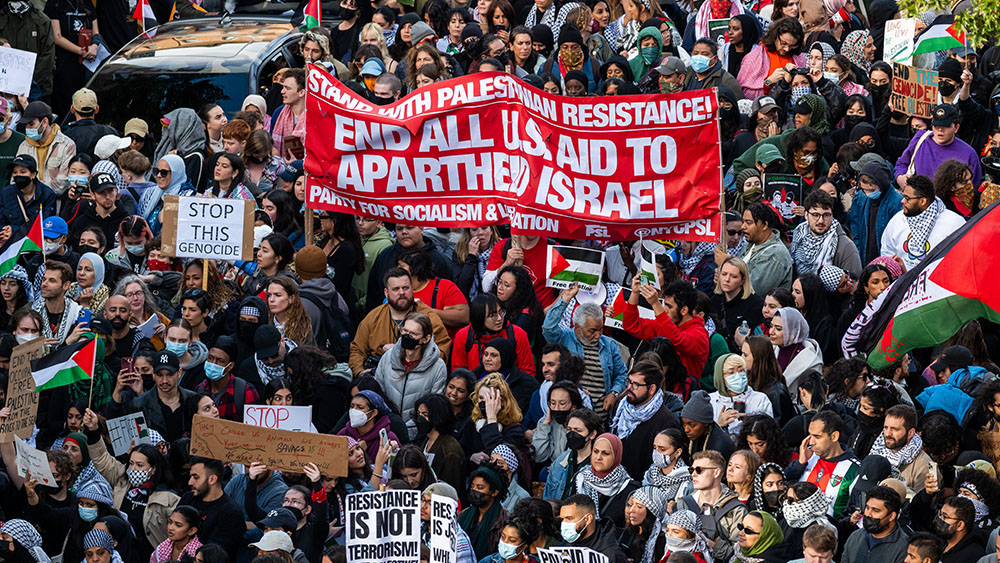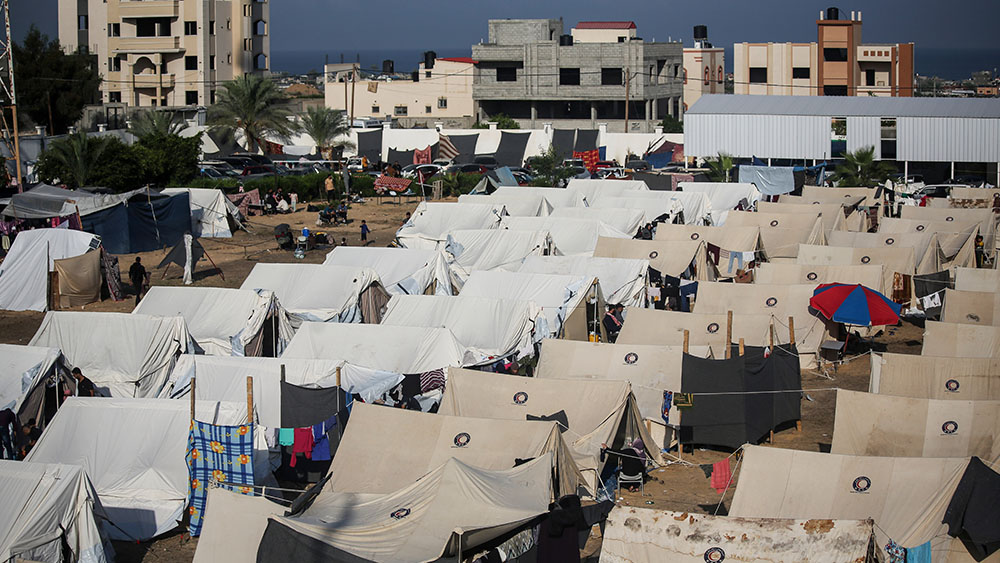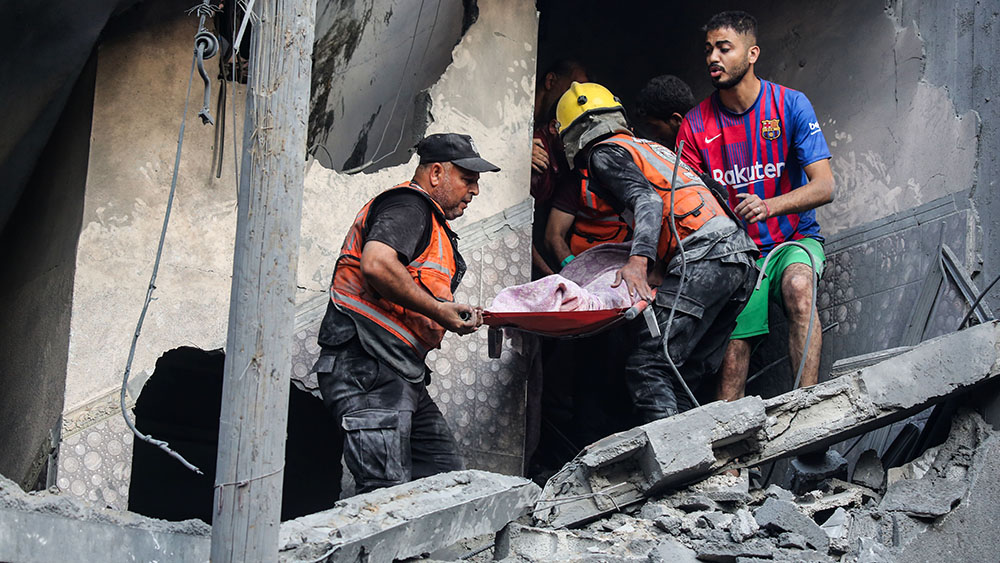
Urban environment evens up battlefield
Tunnel warfare and urban warfare pose inherent challenges, noted Brian Michael Jenkins, a senior adviser at the Rand Corporation and an expert on terrorism. "The advantages that a modern military enjoys are often eroded in an urban environment." The tunnels also present Israel with a new dilemma – they are likely being used by Hamas to conceal many of the hostages taken during the October 7 attack. Families of these hostages are imploring the Israeli government to take all possible actions to secure their release. While Israeli leaders are actively negotiating, they are not inclined to postpone an offensive for an extended duration if talks reach an impasse, as is anticipated. Hamas claims that some hostages have already perished in Israeli airstrikes. Despite Israeli military leadership acknowledging they were caught off guard by the surprise Hamas attack, they will bring overwhelming firepower to the Gaza conflict. The most advanced weapon in the Hamas arsenal is its stockpile of up to 15,000 rockets that are currently being fired at Israel daily. The Israeli Iron Dome air-defense system has thus far effectively intercepted the majority of these rockets. However, a prolonged conflict could deplete Israel's missile inventory. In a ground offensive, Israel will deploy artillery units, tanks, armored personnel carriers, snipers, drones, remote-controlled equipment, bulldozers, helicopters and jet fighters. Hamas fighters are primarily armed with antitank-guided missiles, rocket-propelled grenades and roadside bombs. To prepare for urban warfare, many Israeli soldiers undergo training at a military base located approximately 12 miles from the Gaza Strip. At this facility, the Israeli army constructed a simulated Middle Eastern city, known as "Baladia," in 2005, designed to challenge troops with narrow alleyways, mosques, towering apartment buildings and booby-trapped homes. Visit WWIII.news for more stories about the ongoing conflict between Israel and Hamas. Watch how flooding disrupts Israeli military operation in Gaza. This video is from the High Hopes channel on Brighteon.com.More related stories:
U.S. Navy warship shoots down missiles and drones fired by Iran-backed militants in Yemen – possibly toward Israel. Israel's claim that Gaza Baptist Hospital bombing was a "failed" Hamas rocket launch verified as LIE. OUTRAGE: Israel told Gaza residents to flee to Egypt for safety, then appears to have BOMBED the lone border crossing for their escape. Sources include: WSJ.com Brighteon.comEVIL: Professor promotes idea of mass movement for child prostitution
By Kevin Hughes // Share
Muslim Americans to Biden: No ceasefire in Gaza, no vote
By Richard Brown // Share
Driverless Cruise robotaxi DRAGGED a woman pinned under it by approximately 20 feet
By Zoey Sky // Share
Federal Reserve threatens to sue Bitcoin Magazine
By News Editors // Share
40 percent of Palestinians killed in Gaza are children
By News Editors // Share
Nvidia's $20 billion licensing deal for Groq targets Google's AI chip dominance
By isabelle // Share
The End of Slavery: A radical blueprint for true liberation
By kevinhughes // Share
U.S. cements status as global hydrocarbon superpower
By jacobthomas // Share
Ready-to-eat salads and snack packs RECALLED over Listeria risk
By oliviacook // Share
Winter survival: Essential strategies for a safe long-distance bug-out
By dominguez // Share











